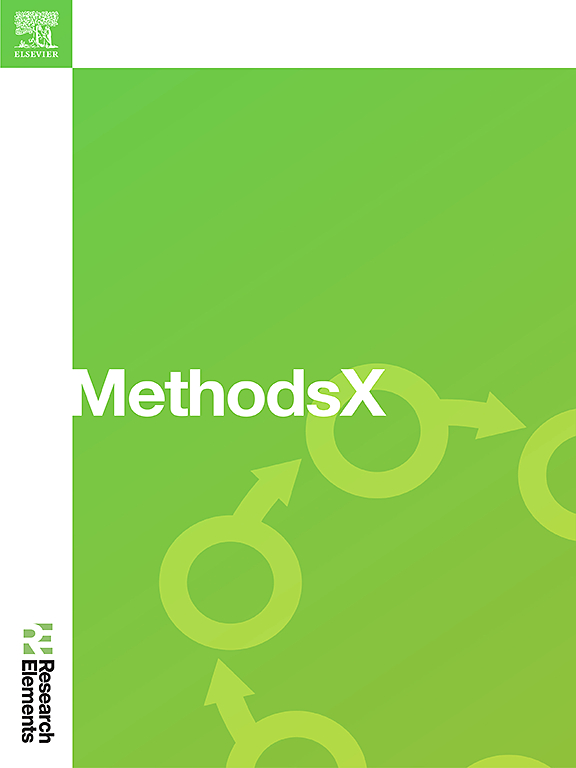Decoding user experience in exergames: A systematic scoping review of assessment methods
IF 1.6
Q2 MULTIDISCIPLINARY SCIENCES
引用次数: 0
Abstract
Exergames, which blend physical activity with digital gaming, are increasingly recognized for their potential to boost user engagement in exercise. The user perception of these games plays a critical role in sustaining this engagement. Therefore, understanding and effectively assessing user experience (UX) in exergames is crucial to maximizing their appeal and effectiveness. This study analyzes the methods and metrics for assessing UX in exergames through a systematic scoping review across multiple databases, including ACM, IEEE, ScienceDirect, Springer, and PubMed, considering publications up to November 2023. A total of 1,229 records were identified, of which 18 studies met the inclusion criteria for summarizing the assessment instruments and techniques used, the key constructs and elements discussed, and the times or settings where UX is assessed. The findings indicate a preference for validated questionnaires, underscoring a commitment to methodological soundness and enabling comparability. Additionally, the employment of motivational and physiological assessments reflects a commitment to capturing the holistic user experience. Tailored questionnaires and observational techniques underscore a customized assessment approach, attuned to the unique features of exergames and their audiences. The conclusions highlight the necessity for further longitudinal and cross-cultural studies to enhance understanding and improvement of UX in exergames.

求助全文
约1分钟内获得全文
求助全文
来源期刊

MethodsX
Health Professions-Medical Laboratory Technology
CiteScore
3.60
自引率
5.30%
发文量
314
审稿时长
7 weeks
期刊介绍:
 求助内容:
求助内容: 应助结果提醒方式:
应助结果提醒方式:


